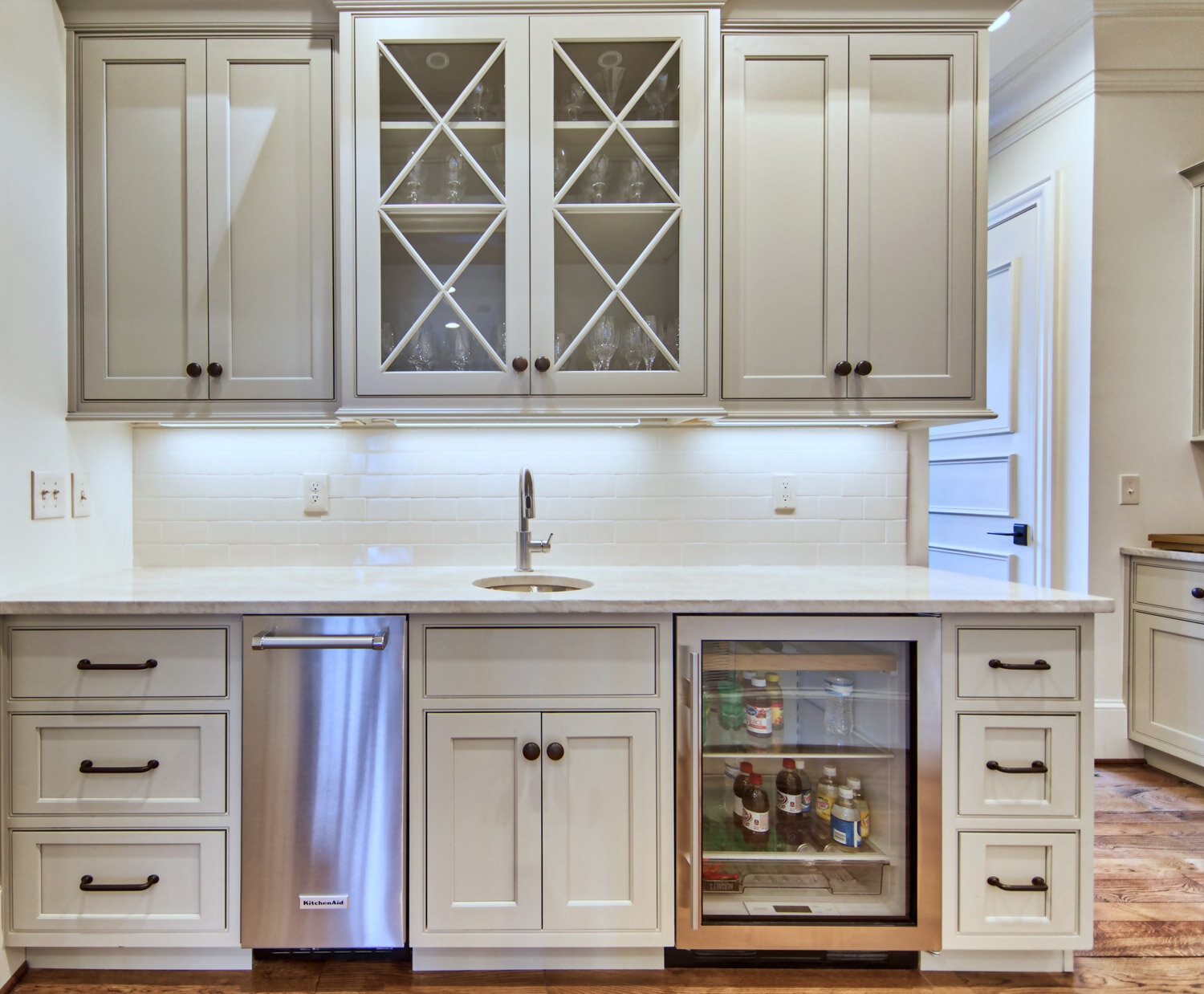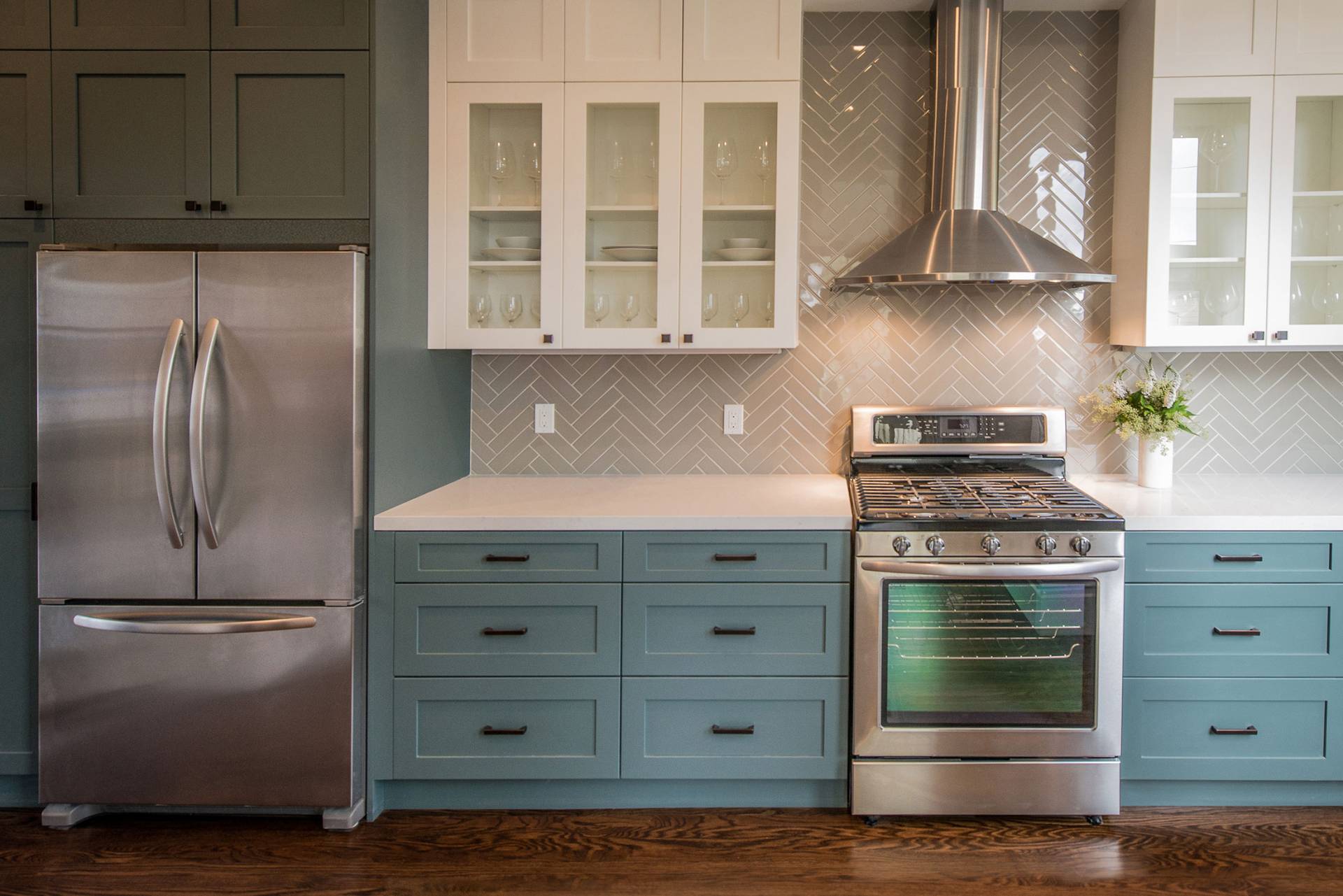Finding Matching Kitchen Cabinet Doors: Match My Kitchen Cabinet Doors

Ah, my friend, the quest for matching kitchen cabinet doors! A journey fraught with peril, perhaps, but one ultimately rewarding. Let us navigate these treacherous waters together, with the wisdom of years and a keen eye for detail. Replacing cabinet doors can revitalize your entire kitchen, breathing new life into a space that is the heart of your home. Finding the perfect match, however, requires careful consideration of several factors.
Sources and Options for Replacement Cabinet Doors
Choosing the right source for your replacement cabinet doors is paramount. Each option presents a unique blend of advantages and disadvantages, impacting not only the final cost but also the quality, style, and timeframe of your project. Let’s examine the most common avenues: big-box stores, online retailers, and custom cabinet makers.
| Source | Price Range | Material Options | Lead Time |
|---|---|---|---|
| Big-Box Stores (e.g., Home Depot, Lowe’s) | $25-$150 per door | Typically limited to standard materials like melamine, thermofoil, and some wood veneer options. | Generally readily available in-store; special orders may take a few weeks. |
| Online Retailers (e.g., Amazon, specialty cabinet door websites) | $30-$200+ per door | Wider variety than big-box stores, often including more wood species and finishes. | Lead times vary greatly depending on the supplier and customization; can range from a few weeks to several months. |
| Custom Cabinet Makers | $150-$500+ per door | Extensive material options, including high-end wood species, unique finishes, and intricate detailing. | Longest lead times, often requiring several months for design, manufacturing, and installation. |
Examples of Cabinet Door Styles
Now, let’s delve into the specifics. The world of cabinet doors is vast, my friend, but here are three examples to illustrate the diversity of options available from different sources:
Match my kitchen cabinet doors – The following examples showcase the variety of styles and materials available:
- Big-Box Store: Shaker-style door in thermofoil finish. *Material:* Thermofoil (plastic laminate over MDF). *Finish:* White or other standard colors. A classic, budget-friendly choice offering durability and ease of maintenance. Often lacks the character of more artisanal options.
- Online Retailer: Raised-panel door in solid oak. *Material:* Solid oak wood. *Finish:* Natural stain or custom paint. This option offers a more sophisticated aesthetic and increased longevity compared to big-box options. Requires more care and maintenance.
- Custom Cabinet Maker: Custom-designed door with intricate inlay. *Material:* High-end wood such as cherry or walnut, possibly with exotic wood inlays. *Finish:* Hand-rubbed oil finish or custom paint with glazing techniques. This offers the ultimate in customization and quality, reflecting personal style and high craftsmanship. Expect a significant investment.
Pros and Cons of Sourcing Methods
Each sourcing method has its own set of advantages and disadvantages. Big-box stores offer convenience and affordability but limit your choices. Online retailers provide more options at competitive prices but may involve longer lead times and potential shipping complications. Custom cabinet makers offer unparalleled quality and personalization but come with a premium price tag and extended timelines. The best choice depends entirely on your budget, timeframe, and desired aesthetic. Consider your priorities carefully, my friend, before embarking on this rewarding, albeit challenging, endeavor.
Matching Existing Kitchen Cabinet Doors

Ah, my friend, the quest for matching kitchen cabinet doors! A task that can seem as daunting as scaling Mount Everest, but fear not, for I shall guide you through this challenging terrain with the wisdom of a seasoned craftsman. Finding an exact match for your existing doors is a delicate dance, a symphony of precision and patience. The age of your cabinets, their unique style, even the subtle variations in finish – all these factors conspire to make your search a true test of perseverance.
Methods for Matching Existing Cabinet Doors
The path to success lies in understanding your options. Three primary methods stand before you, each with its own set of advantages and disadvantages: refinishing, repainting, and replacing individual doors. Let’s examine them closely, comparing their cost, time commitment, and the skill level required.
| Method | Cost | Time Commitment | Skill Level Required |
|---|---|---|---|
| Refinishing | Moderate to High (depending on materials and complexity) | High (several days to weeks) | Intermediate to Advanced |
| Repainting | Low to Moderate | Moderate (a few days) | Beginner to Intermediate |
| Replacing Individual Doors | High (depending on the cost of new doors) | Low to Moderate (depending on installation) | Beginner to Intermediate (installation) |
Repainting Kitchen Cabinet Doors
Repainting, my friend, often presents the most practical solution, a blend of affordability and accessibility. However, even this seemingly straightforward path requires careful preparation and execution. Success hinges on meticulous attention to detail. A rushed job will betray itself in uneven color and a less-than-perfect finish. Let’s delve into the process:
Before you even think about picking up a paintbrush, my friend, thorough preparation is key. Imagine it as laying the foundation for a magnificent house. A shoddy foundation will lead to cracks and collapses.
- Clean the Surfaces: Begin by thoroughly cleaning the cabinet doors with a degreasing agent to remove any grease, grime, or old wax. This ensures the paint adheres properly.
- Sanding: Next, gently sand the surfaces with fine-grit sandpaper (180-220 grit) to create a smooth surface for better paint adhesion. Don’t overdo it; a light sanding is sufficient.
- Fill Imperfections: Fill any dents, scratches, or imperfections with wood filler, allowing it to dry completely before sanding smooth.
- Prime the Surfaces: Apply a high-quality primer, specifically designed for cabinets. This creates an even base for the paint and enhances adhesion. Allow the primer to dry completely according to the manufacturer’s instructions.
- Paint Application: Apply several thin coats of paint, allowing each coat to dry completely before applying the next. Use long, even strokes, working in the same direction. For a professional finish, consider using a high-quality paint sprayer. Alternatively, a good quality brush will provide an excellent result with a little patience.
- Final Touches: Once the paint is completely dry, you can apply a protective topcoat (clear coat or varnish) to enhance durability and provide a beautiful sheen. This is the finishing touch that elevates your work from good to magnificent.
Remember, my friend, patience and precision are the cornerstones of success in this endeavor. With care and attention, you can transform your kitchen cabinets into a masterpiece.
Creative Solutions for Mismatched Cabinet Doors
My dear friends, let’s face it: sometimes, finding perfectly matching kitchen cabinet doors is a Herculean task. The hunt can feel endless, leaving you disheartened and staring at a kitchen that screams “unfinished symphony.” But fear not! Even amidst the chaos of mismatched doors, beauty can be born. We’ll explore creative avenues that transform a frustrating problem into a unique design statement. Remember, my friends, imperfections are opportunities for ingenuity.
The core principle is to embrace the unexpected and orchestrate a cohesive narrative. Instead of fighting the mismatch, let’s use it as a springboard for creativity. We can employ contrasting colors, clever hardware choices, and strategic design elements to create a harmonious whole. Think of it as a culinary masterpiece – sometimes, the most delightful dishes arise from unexpected combinations of ingredients.
Contrasting Colors and Hardware for Cohesive Design
When a perfect match eludes you, consider the power of contrast. A bold color scheme can unify mismatched doors, creating a visually striking effect. Imagine, for instance, a mix of cherry and oak cabinets. Instead of trying to force a match, paint the cherry cabinets a deep, rich navy, and the oak a creamy off-white. The contrast will be stunning. To further enhance this effect, select hardware that complements both colors – perhaps brushed nickel or antique brass.
A well-chosen color palette and hardware can transform mismatched cabinets into a bold design statement. The key is to select colors and finishes that create a visual harmony, not a clash.
Design Scenarios: Transforming Mismatched Cabinets, Match my kitchen cabinet doors
Let’s explore three distinct scenarios showcasing the magic of creative problem-solving:
Scenario 1: A mix of light oak and dark cherry cabinets. Instead of replacement, paint the oak cabinets a soft sage green, and the cherry cabinets a warm, deep gray. The contrasting colors will create visual interest, and the earthy tones will provide a sense of calm. Install sleek, modern black cabinet pulls to unify the look. The result will be a sophisticated and surprisingly harmonious kitchen.
Scenario 2: A hodgepodge of cabinet doors – some with raised paneling, others with flat fronts. Embrace the eclecticism! Paint all the cabinets a consistent, neutral color, such as a warm white or soft beige. This will minimize the visual differences between the door styles. Then, introduce a pop of color with brightly colored backsplashes or open shelving. The diverse door styles will now feel intentional and stylish.
Scenario 3: A mix of cabinets with different levels of wear and tear. Instead of replacing all the cabinets, strategically incorporate open shelving to display your favorite dishes and glassware. This will draw attention away from the imperfections and highlight your personal style. Paint the remaining cabinets a fresh, vibrant color – perhaps a sunny yellow or a cheerful turquoise. This will give the kitchen a renewed energy and mask the age differences of the cabinets. Uniform hardware will tie everything together.
Revisited: Finding and Matching Existing Kitchen Cabinet Doors (Without AI Assistance)
Before the digital age, finding matching kitchen cabinet doors involved extensive legwork. We relied on painstaking trips to local cabinet shops, lumberyards, and antique stores. The process required patience, perseverance, and a keen eye for detail. We’d pore over catalogs, compare samples, and meticulously measure existing doors. The challenge often involved matching not only the wood type and finish, but also the intricate details of the cabinet door design. Sometimes, the quest proved fruitless, leading us to explore creative alternatives, just as we’ve discussed above.
Revisited: Introduction (Without AI Assistance)
The quest for matching kitchen cabinet doors, my friends, was once a journey of personal discovery, a testament to our dedication to crafting the perfect kitchen. Before the ease of online searches and AI assistance, it demanded meticulous attention to detail, a sharp eye for aesthetics, and a willingness to embark on a real-world exploration. The process often involved hours spent in local stores, carefully comparing wood grains, finishes, and styles. It was a hands-on, immersive experience that often yielded rewarding results, but sometimes required us to embrace the art of compromise and ingenuity.
